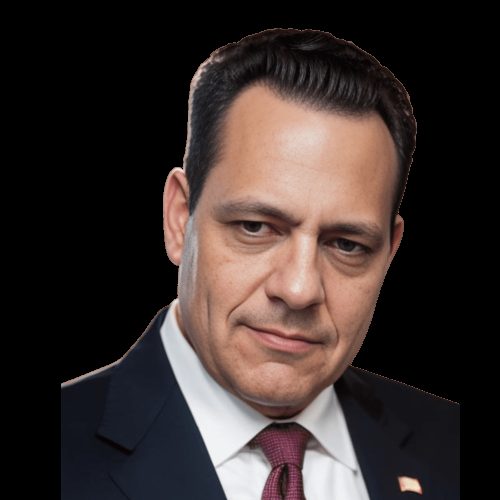401(k) Plans Help the Rich, But What About the Rest of Us?
Photo by Chenyu Guan on Unsplash
“What’s good for General Motors is good for the country,” the chairman of GM reportedly told Congress in the 1950s.
The Finance industry has its own version of this truism. Armed with well-funded lobbyists, it has convinced majorities in both major political parties that what’s good for big finance is good for America. In particular, we’re talking tax-deferred Retirement savings such as 401(k) plans, which they have promoted as a powerful tool to increase retirement savings among middle-class taxpayers.
But a report released this week by Politico contends that these popular savings programs have had little impact on middle-class savings but do amount to “a $300 billion windfall to the wealthy.”
The 17-page, single-spaced report, with heavy sprinkles of technical jargon on every page, is the kind of report that only a policy wonk could love. I am no wonk, but I am concerned about what’s happening to my (and your) retirement benefits. Politico’s investigation connects the dots between tax-deferred savings and the well-publicized Social Security shortfall, which might cause benefit reductions starting in just ten years.
Opening a Sinkhole
According to Politico, 401(k) plans, IRAs, and Roth IRAs have barely made a dent in the savings rate. What they have done, however, is enable wealthy taxpayers to save significant sums on taxes, while opening a giant sinkhole in the federal budget – to the tune of $369 billion in lost revenues last year and $659 billion by 2027.
By way of comparison, Social Security’s cash shortfall is $119 billion – less than half of the cost of tax-advantaged savings last year.
Tax-deferred savings – which grew from $7 trillion in 1995 to $38.4 trillion in 2023 – also put the final nail in the coffin of private pensions. In earlier generations, many retirees depended on a Pension to supplement Social Security benefits. State and local government employees still do. But corporations, feeling burdened by the responsibility of keeping pension funds solvent, have been getting out of the business.
The 401(k) plans came along to replace pensions – but with a twist. The 401(k) is entirely the responsibility of the employee, who has the “freedom” to make wise (or unwise) investment decisions and wise (or unwise) decisions about withdrawing funds.
The real winners of tax-deferred savings are not evenly distributed across the spectrum of taxpayers. Wealthy taxpayers can shelter up to $452,500 per year in tax-advantaged accounts, thereby saving up to $203,000 in taxes. Alicia Munnell, director of the Center for Retirement Research at Boston College, told Politico, “I am persuaded that these [tax-deferred savings] bills are designed for the high-earners, and stuff for middle- and low-earners gets put in along the way to make the legislation less shameful.”
Going for Broke
Meanwhile, while tax-advantaged savings tools shortchanged the Treasury $369 billion last year, the only governmental program that supports retirement for all employees – Social Security – faces a shortfall that Congress has been warned about for at least 25 years and has yet to resolve.
Social Security will be unable to pay full benefits as of 2034. At that point, the payroll taxes everyone pays will only cover 80% of benefits.
Congress could prevent the catastrophe if it could ever get its act together. Three solutions have been offered by various talking heads.
1. Raise the payroll withholding tax. If you are employed, the current 12.4% tax on payroll is split 50-50 between employee and employer. Raising it to 14.4% would be enough to cover the shortfall and keep the system solvent for the next 75 years.
2. Reduce benefits by 13%. This, too, would cover the shortfall for 75 years.
3. Raise the age of full Social Security eligibility (also a benefits cut). Currently you reach full eligibility at 66 (67 if you were born in 1960 or after). Raising the age to 69 would meet only 20% of the shortfall. (Note that the French raised their pitchforks in protest when President Macron proposed raising the age from 62 to 64. The change happened anyway.)
Another solution that gets less attention but strikes me as the most equitable: Assess the same withholding tax on all wages. In 2024, once you’ve been paid $168,600, any remaining income is not taxed for Social Security. To put it another way, taxpayers earning less than the cap pay 6.2% of their earnings (their half of the 50-50 split), while a taxpayer earning $200,000 would pay only 5.2%. That percentage continues to drop as income increases. Eliminating the salary cap would close the shortfall entirely.
But that’s not even the most radical solution. Alicia Munnell and Andrew Biggs, a scholar at the conservative American Enterprise Institute, argue for repealing the entire tax-advantaged savings system to shore up Social Security.
Somehow, I don’t think the finance industry lobbyists or their friends in Congress will be keen on that idea.
























